It’s cool under the new Pergola shade structure at the Lost Arts House.

The New Blue Hen Pergola
With temperatures breaking new records, it’s great to have the back deck shaded from the hot afternoon sun.




Resident plants are lantana, penta, basil, sage, and oregano, which makes a lovely hanger. In the garden below the deck are more Lantana and all the animals’ favorite: Mexican Sunflower. (Tithonia Diversifolia)
In the record heat we’re experiencing this summer, we have to water the hangers everyday at least once! It’s so nice to have shade on the hot and sunny back deck, and the plants double as a butterfly garden!
The Main Garden
With temperatures hovering between 95 and 98 degrees and heat indexes over 120 (!), it’s been a very uncomfortable summer for animals, plants, and people! The only crop that chugs right along in the hot and humid is the cover crop, cowpeas.
We won’t start the Fall garden until the heat has broken, probably October! By then we’ll have starts for the cool weather crops, cabbage, broccoli, kale, bok choy, and direct seed the collards and carrots. Can’t wait…
In the meantime we’re rescuing the Main Garden from this year’s dominant weed…three feet tall and with a tap root to rival the tallest Long Needle Pine.
Happy Homesteading,
T.
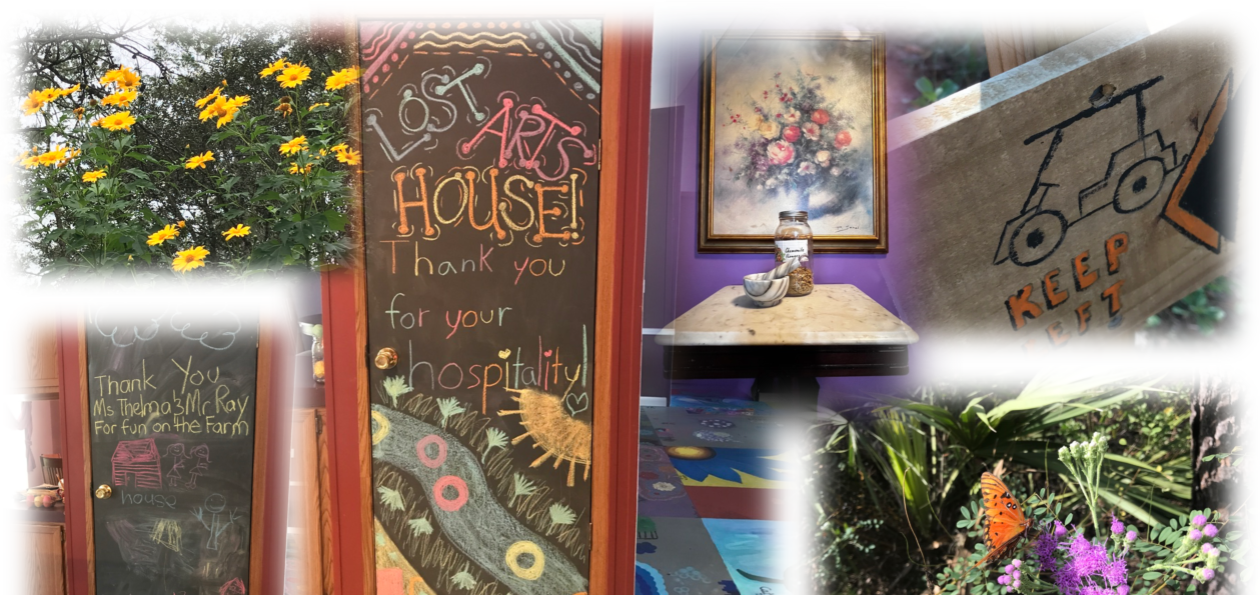
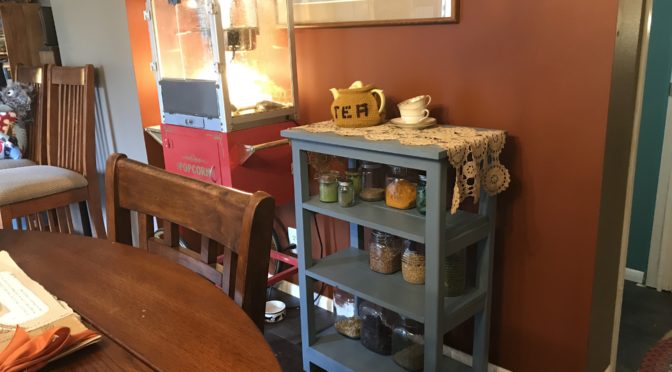









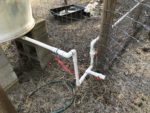
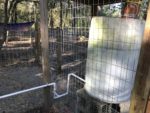

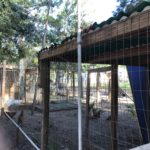 A 4-5 foot pipe should be placed perpendicular to the main pipe and left open at the top. The top of the pipe should be higher than the tank. This will equalize the pressure in the pipe and prevent a vacuum when the pipe is drained.
A 4-5 foot pipe should be placed perpendicular to the main pipe and left open at the top. The top of the pipe should be higher than the tank. This will equalize the pressure in the pipe and prevent a vacuum when the pipe is drained.